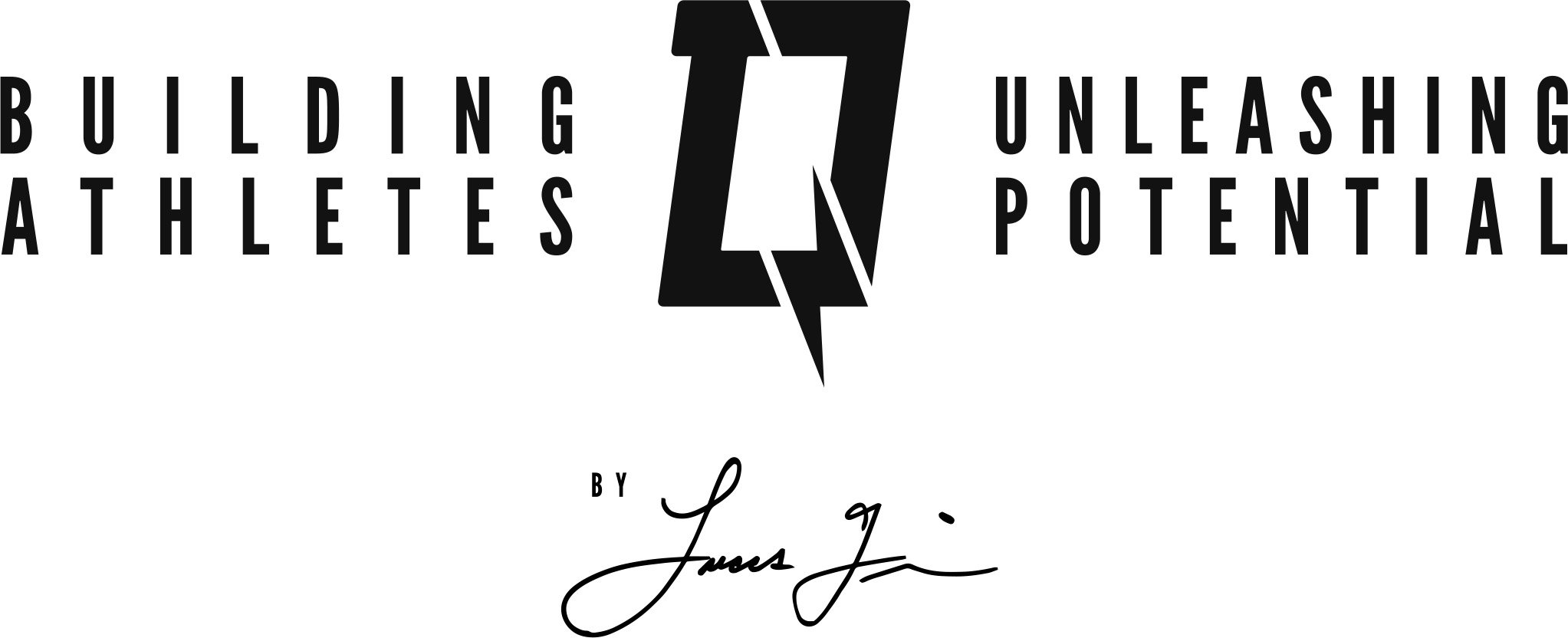CORE TRAINING
Understanding the anatomical function of the “core” can help in choosing how to make an athlete better at their sport.
The importance of training the core/trunk musculature remains crucial for performance in every sport. Particularly, the core/trunk is critical in the transfer of force through the kinetic chain and is essential in powerful, explosive athletic movements (especially rotational-based sports). Medicine ball incorporation into my training programs provides a useful and powerful way to train the body’s ability to transfer force, stabilize, and “link” the muscle groups in a coordinated, dynamic, sport-like action. Isolating the “6-pack” musculature in a nonfunctional, unintelligent manner is done often and has little impact on sport performance enhancement. In fact, the primary anatomical function of the core musculature indicates that it is for the prevention of movement. Explosive rotary action (baseball, softball, tennis, golf, lacrosse) must be trained intelligently by teaching the athlete to use ground forces and transfer those forces “through” the core and into the implement. Thus, lower body strength again becomes paramount alongside the ability to now efficiently transfer the force that has been generated.
Therefore, in addition to training with medicine balls to improve force transfer and kinetic linking, it is important to train the core/trunk through the means of anti-extension, anti-rotation, anti-flexion, and anti-lateral flexion. Lumbar spine stability should be the goal for athletes; designing training programs and exercises that provide core/trunk isometric stabilization while promoting thoracic-spine rotation and hip internal and external rotation (mobility) is the goal of my programming with my athletes. Lower back rotational stretches and exercises may not be ideal, and improving core isometric strength and stabilization of the pelvis and spine may be more advantageous for athletes in terms of improving performance and reducing the risk for injury. For this reason, typical “abdominal” exercises like crunches or sit-ups do nothing to improve sport performance.

